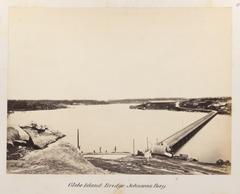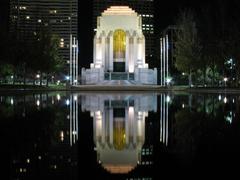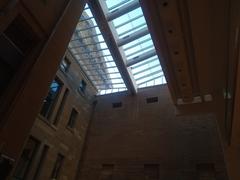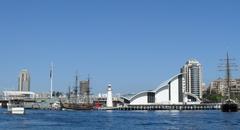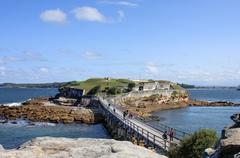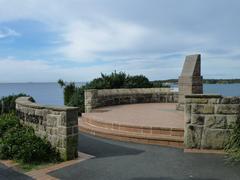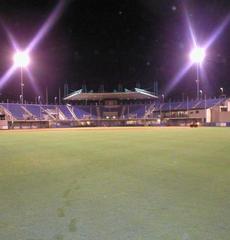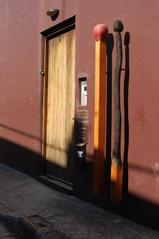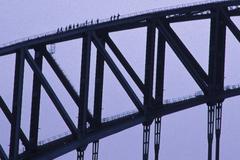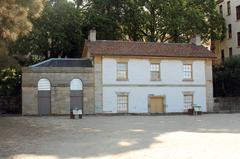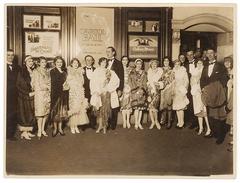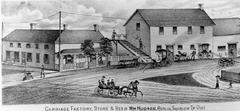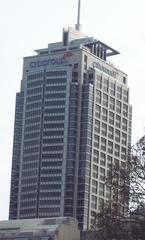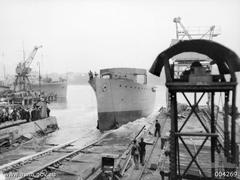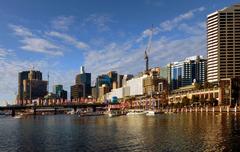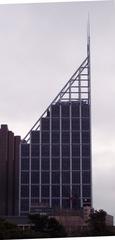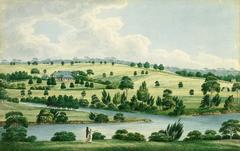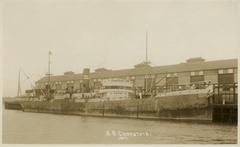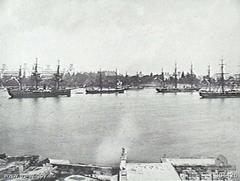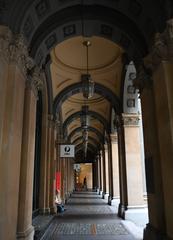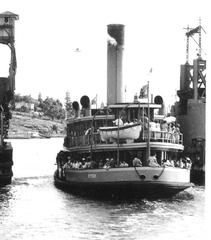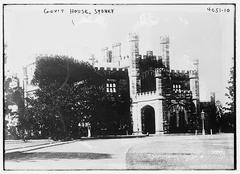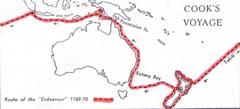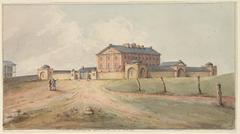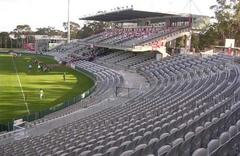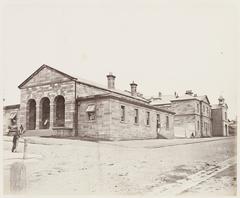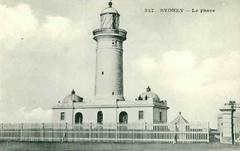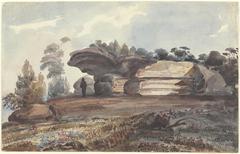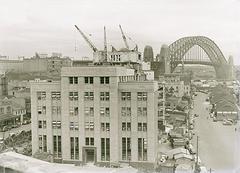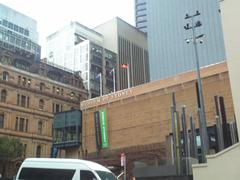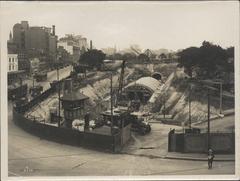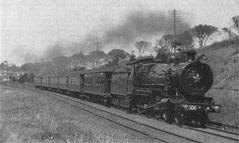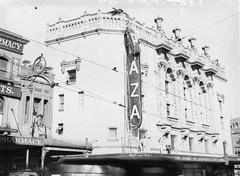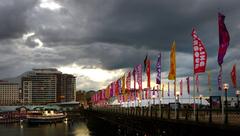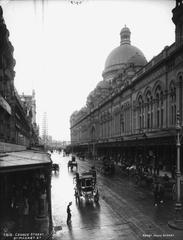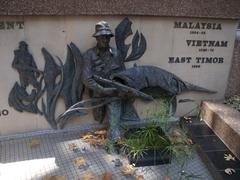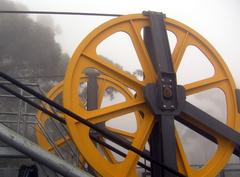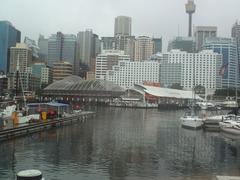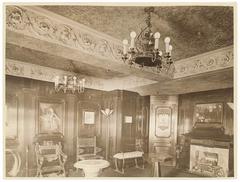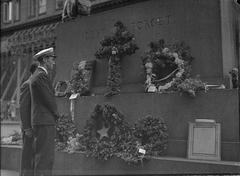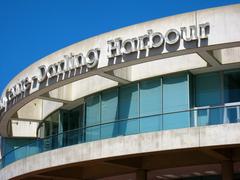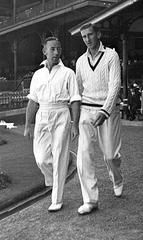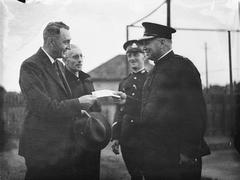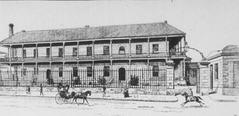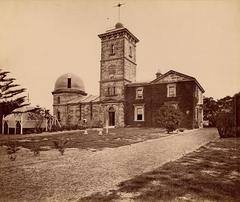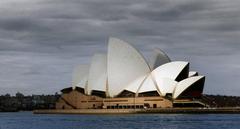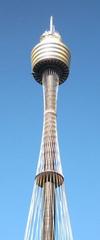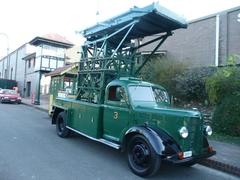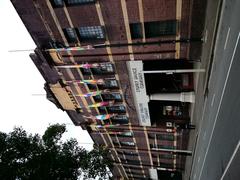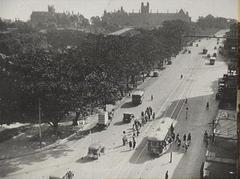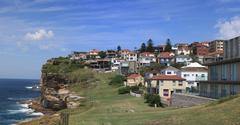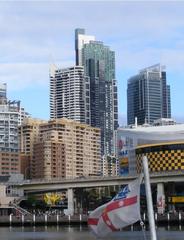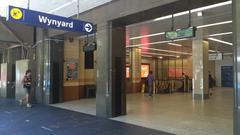Sydney Railways: Visiting Hours, Tickets, and Historical Significance Guide
Date: 14/06/2025
Introduction
Sydney’s railways are not only vital arteries of the city’s urban life but also living testaments to its historical and architectural evolution. From the inaugural rail line connecting Sydney and Parramatta in 1855 to today’s sophisticated metro systems, the city’s railways have shaped economic opportunities, urban growth, and the daily rhythm of Australia’s largest metropolis (Dictionary of Sydney; Wikipedia). This guide traces Sydney’s railway history, highlights key heritage experiences, and provides essential information for visitors—whether you’re a history buff, casual tourist, or urban explorer.
Contents
- Early Development and Expansion
- Architectural and Technological Milestones
- Heritage Experiences and Museums: Visiting Hours and Tickets
- Practical Visitor Information
- Preservation and Modernization Efforts
- Frequently Asked Questions (FAQ)
- Visiting the Sydney Opera House: Hours, Tickets & Tips
- Summary and Key Visit Information
- Sources and Further Reading
Early Development and Expansion of Sydney’s Railways
The seeds of Sydney’s rail network were sown in the 1840s, with formal proposals emerging in 1841 and the Sydney Railway Company established in 1848. The primary motivation: the efficient movement of goods and people between the growing city and its hinterland (Dictionary of Sydney). The opening of the Sydney–Parramatta line in 1855 marked the dawn of rail transport in Australia, laying the foundation for a network that would drive urbanization, migration, and commerce (Wikipedia).
Architectural and Technological Milestones
Central Station: Heritage and Hub
Central Station is a monument to Sydney’s ambition and adaptability. Opened in 1855 and rebuilt in 1906 on the site of an old cemetery, it boasts the Grand Concourse—once the largest in the Southern Hemisphere. The station’s architecture fuses Federation-era grandeur with modern facilities, reflecting over a century of urban and technological change (TravelPander).
Electrification and Network Growth
The electrification of Sydney’s railways began in 1926, ushering in a new era of efficiency and expansion. The opening of the Sydney Harbour Bridge in 1932 and subsequent development of the City Circle (completed in 1956) unified the north and south sides of the city, while extensions to suburbs and regional centers broadened access (Transport for NSW).
The City Circle Line
Inspired by New York’s subway and designed by engineer John Bradfield, the City Circle is a mostly underground, horseshoe-shaped line linking Central, Town Hall, Wynyard, Circular Quay, St James, and Museum stations. Completed in stages from 1926 to 1956, it features step-free access and frequent services, forming the backbone of Sydney’s CBD transit (Wikipedia).
Modern Extensions
Major projects in the 21st century—Airport Line, Epping to Chatswood Rail Link, South West Rail Link, and Sydney Metro—demonstrate the city’s ongoing commitment to transit innovation and urban accessibility.
Heritage Experiences and Museums: Visiting Hours and Tickets
Sydney offers immersive railway heritage experiences:
- Central Station: Guided tours and heritage events are held mainly on weekends and public holidays. Confirm dates and ticketing via official websites.
- NSW Rail Museum (Thirlmere): Open daily, 10 am–4 pm. Entry: $10–$25, with family and senior discounts. Heritage train rides are popular—book in advance (THNSW).
- Sydney Tramway Museum (Loftus): Sundays, 10 am–4 pm. Tickets: $5–$15. Ride restored trams and view exhibits (THNSW).
- Sydney Bus Museum (Leichhardt): Open select Sundays. Free entry; vintage bus rides for a small fee (Visit Sydney Australia).
- Heritage Rail Operators: Groups like the Sydney Electric Train Society run special vintage train events; details and tickets are online (THNSW).
Practical Visitor Information
Visiting Hours and Ticketing
- Central Station: Open daily, approx. 5:00 am–midnight. Ticket offices typically operate 6:00 am–8:00 pm. Check Transport for NSW for current details.
- Heritage Sites and Museums: Generally open weekends and holidays, 10 am–4 pm. Hours and ticket prices may vary; always confirm via official websites.
- Ticketing: Use Opal cards for public rail, bus, light rail, and ferry travel. Cards available at stations and retailers. Single-trip tickets and contactless payment also accepted. Heritage museums and special events require separate tickets (Transport for NSW).
Accessibility
All City Circle stations, including Central, have step-free access, elevators, tactile guidance, and accessible restrooms. Heritage sites make efforts to accommodate visitors with disabilities, though some vintage vehicles may have limitations (TravelPander).
Travel Tips
- Use apps like TripView and Transport NSW Trip Planner for live updates and route planning.
- Maintain safety by minding personal belongings and observing platform guidelines.
- Physical maps available at stations.
- Customer service staff can assist with ticketing, directions, and accessibility needs.
Connecting to Attractions
Sydney’s railways link directly to major landmarks: Darling Harbour, Circular Quay, Sydney Opera House, and more. Combine train and ferry rides for scenic journeys (e.g., to Manly Beach) (TravelTriangle).
Preservation and Modernization Efforts
Ongoing restoration at Central Station and other sites preserves Sydney’s rail heritage while integrating modern digital systems, improved accessibility, and enhanced passenger amenities. Heritage organizations continue to restore vintage trains and educate the public (THNSW).
Frequently Asked Questions (FAQ)
Q: What are the typical visiting hours for Sydney railway museums?
A: Most heritage sites are open weekends and public holidays, 10 am–4 pm. Always check official websites for updates.
Q: How do I buy tickets for heritage train experiences?
A: Purchase online via official museum or operator websites, or on-site. Pre-booking is advised for popular events.
Q: Is the Opal card valid for heritage trains and museums?
A: No, the Opal card is for public transport only. Heritage experiences require separate tickets.
Q: Are railway stations and museums accessible for those with disabilities?
A: All major stations are accessible; some heritage vehicles may have restrictions. Contact venues in advance for details.
Q: Are guided tours available at Central Station?
A: Yes, but mainly during special events. Check the official Central Station or Sydney Trains websites for schedules.
Visiting the Sydney Opera House: Hours, Tickets & Visitor Tips
Introduction
The Sydney Opera House is a UNESCO World Heritage Site and the most recognizable symbol of Sydney. Renowned for its iconic sails and harbour location, it is a must-visit for architecture and culture lovers.
History and Significance
Designed by Jørn Utzon and opened in 1973, the Opera House hosts over 1,500 annual performances across music, theatre, and dance, representing the pinnacle of Sydney’s cultural scene.
Visiting Hours and Ticketing
- Opening Hours: Precinct open daily, 9:00 am–5:00 pm.
- Guided Tours: Start at AUD 42 (discounts for children, students, seniors). Book via Sydney Opera House website.
- Performance Tickets: Prices vary by event; advance booking highly recommended.
- General Admission: Free to explore exterior/public areas; tickets required for tours and performances.
Getting There
- Train: Alight at Circular Quay Station, a short walk away.
- Bus/Ferry: Numerous routes serve Circular Quay.
- Car: Limited parking—public transport is best.
Accessibility
The Opera House is fully accessible, with ramps, elevators, accessible toilets, and hearing augmentation systems. Contact ahead for personalized assistance.
Tips
- Book in Advance: Tours and events often sell out.
- Arrive Early: Enjoy the precinct and views.
- Photography: Allowed in public spaces.
- Dining: Onsite cafés and restaurants offer stunning harbour vistas.
Summary of Sydney Railways Visit Tips and Key Information
Sydney’s railway system is your gateway to the city’s rich history, architectural gems, and vibrant urban culture. From the grandeur of Central Station to the engineering marvel of the City Circle, the network connects tourists to historical precincts, museums, natural wonders, and world-class attractions like the Opera House. For a seamless journey, use the Opal card, check visiting hours in advance, and leverage digital resources like the Audiala app for real-time updates and trip planning.
Heritage experiences—including those at the NSW Rail Museum and Sydney Tramway Museum—offer a unique window into Sydney’s transport legacy, while modern rail extensions continue to enhance connectivity and accessibility (Transport for NSW; THNSW). Whether your interest is in history, architecture, or simply exploring the city, Sydney’s railways offer both practical and enriching experiences.
Sources and Further Reading
- Dictionary of Sydney: The Railways of Sydney
- Wikipedia: Railways in Sydney
- TravelPander: Oldest Train Station in Sydney
- Transport for NSW: History of NSW Railways
- Transport Heritage NSW: Locations & Experiences
- TravelTriangle: Sydney Tourist Attractions
Call to Action:
Download the Audiala app for real-time Sydney public transport updates, ticket purchases, and personalized tourist guides. Follow us on social media for the latest travel tips and exclusive offers to make your Sydney visit unforgettable!

